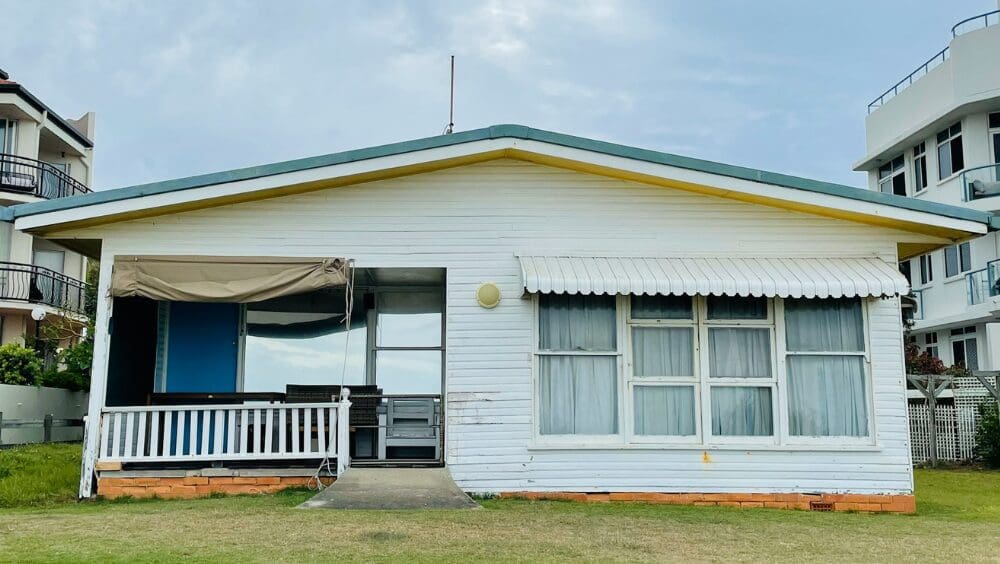
Selling your old home while buying a new one in Wisconsin can often feel like a delicate balancing act. In a market with limited inventory and high prices, aligning the timing and finances for both transactions becomes a significant challenge. For many homeowners in Wisconsin, it might seem that the only option is to sell first, then face the inconvenience of moving to a temporary location while searching for that perfect new home. However, a strategic alternative could smoothly bridge this gap: a bridge loan. Designed as a short-term financing solution, a bridge loan enables you to purchase your new Wisconsin home before you’ve sold your current one, easing the transition and keeping you on track toward your real estate goals. In real estate, a bridge loan is a short-term financial tool designed to aid you during the overlapping period of selling your current home and purchasing a new one. This type of loan leverages the equity in your existing home, providing you with the necessary funds to make a down payment and handle closing costs on your new property. While they are generally pricier than conventional mortgages, bridge loans offer a swift and practical solution for securing your new home without the delay of waiting for your old house to sell. This financial strategy can be beneficial in fast-paced markets, ensuring you don’t miss out on your ideal home in Wisconsin due to timing issues with your sale. Imagine you’re a homeowner in Wisconsin, ready to purchase a new property, but your current home hasn’t sold yet. This is where a bridge loan comes into play. It uses the equity from your existing home to cover the down payment and closing costs for your new home, bridging the financial gap between buying and selling. The lender handling your mortgage for the new home will often manage your bridge loan. They usually require that your current home is actively listed for sale and offer the bridge loan for a period ranging from six months to a year. In assessing your application, lenders will consider your debt-to-income ratio (DTI). This calculation includes your existing mortgage payments, the payments for the new home, and any interest-only payments on the bridge loan. However, if your current home is under contract with a buyer who has secured loan approval, lenders might only consider the mortgage payment for your new home in the DTI calculation. This consideration is crucial for lenders to ensure you can comfortably manage payments on both properties should your current home take longer to sell than anticipated. In Wisconsin, a bridge loan can offer several advantages, making your home-buying process more flexible and less stressful. These benefits make a bridge loan appealing for Wisconsin buyers needing immediate funds, allowing them to comfortably transition to their new home and settle the loan with proceeds from their previous home’s sale. While a bridge loan offers flexibility and can ease the transition between selling your current home and purchasing a new one, it’s important to consider some potential drawbacks: Understanding these challenges is crucial in determining whether a bridge loan is the right financial move for you. A bridge loan isn’t a one-size-fits-all solution, but in some scenarios, it can significantly ease the stress of juggling the sale of an old home with the purchase of a new one.What is a bridge loan, in simple words?
How does a bridge loan work in Wisconsin?
What are the benefits of a bridge loan in Wisconsin?
What are the drawbacks of a bridge loan?
When is a bridge loan a good solution?



